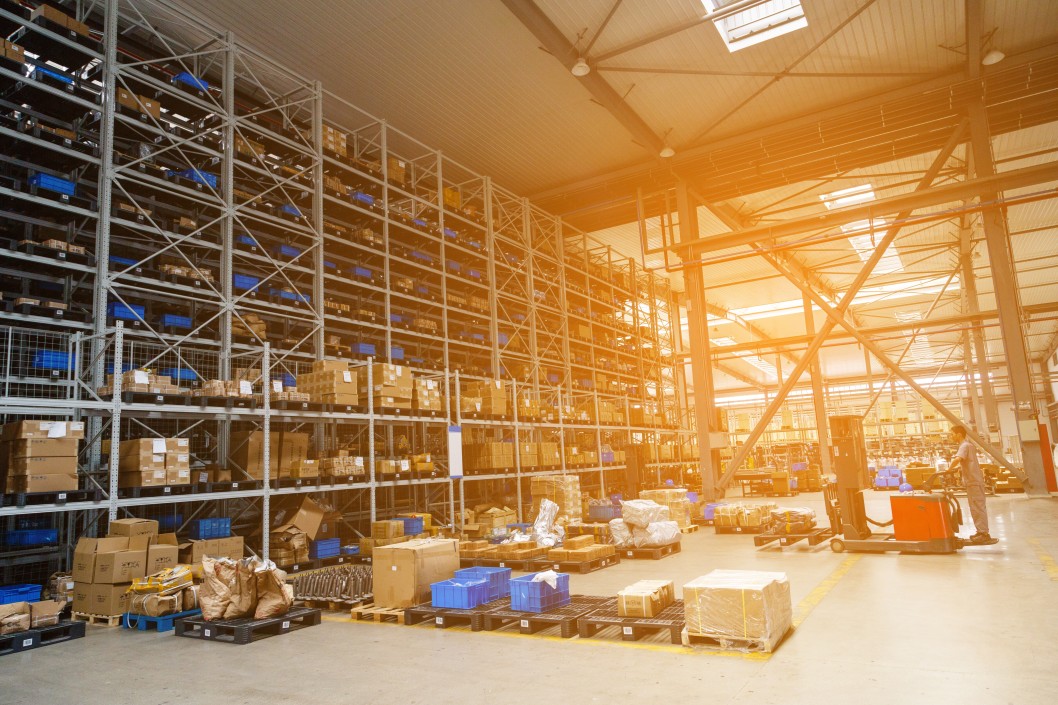Table of Contents
Introduction
There are various definitions for on-demand warehousing. The simplest definition could be – it is “AirBnB for warehouses”. Yet, there are some other alternatives:
On-demand warehousing is the ability to access warehousing services as and when required without the need for long term commitments
CBRE
On-demand warehousing is an online marketplace that allows customers to access shared warehousing and logistics services on a pay-per-use basis
Flowspace
How Is On-Demand Warehousing Different?
On-demand (as opposed to traditional) warehousing refers not only to new operating models but also to new business models. Here are some key differences between traditional third-party logistics (3PL) provider and on-demand warehouse provider:
Central warehouse vs a dispersed network
Traditional 3PL or warehouse provider typically has one or few warehouse locations. On-demand marketplaces usually operate a network of warehouses and fulfillment centers.
Confusing pricing vs focus on simple billing
Traditional approach often is accompanied with complicated pricing which makes it difficult to forecast. New providers tend to focus on simple pricing and modern billing solutions.
Complex legacy software vs cloud based and secured software
Companies with long track record in warehousing and logistics also may be trapped in their own success. Making a shift from waterfall development projects and being “agile” is often easier said than done. Thus new engineering focused on-demand warehouse providers often have an edge in developing new innovative products and keeping them fresh. They focus on topics from ordering to inventory management to billing.
Which Industries Use On-Demand Warehouses?
Industries that often benefit from on-demand warehousing range from hospitality industry to fast moving consumer goods (FMCG) and industrial manufacturing.
In addition to large corporations that seek to innovate with their supply chains there are also many use cases for smaller companies. A big and still growing area is retail and e-commerce fulfillment. In the summer of 2019 e-commerce platform Shopify introduced its own Shopify Fulfillment Network to compete with Amazon and provider faster cheaper shipping for its customers.
On-demand Warehousing Market
On-demand warehouses in USA
- Flexe is one of the early pioneers of the on-demand warehouse model. HQ in Seattle, established in 2013.
- Stord is a networked warehousing and distribution provider with HQ in Atlanta. It was founded in November 2015
- Ware2Go is a corporate venture of UPS. It was first piloted as a part of BCG Digital Ventures, a digital innovation, product development, and commercialization firm established by a Boston Consulting Group. Established 2018.
- Flowspace is an on-demand warehousing provider from Los Angeles. Established in 2017.
On-demand warehouses in Europe
- Waredock is developing cross-border distribution infrastructure as a service for a range of industries. It is focused in Europe with some partners also in Northern America. HQ in Tallinn, Estonia and was founded in 2019
- Stowga is an on-demand marketplace focusing on UK market. HQ in London and was founded in 2017
Which Companies Use On-Demand Warehousing?
Some publicly featured customers for leading USA providers include:
- Blueground (Stord)
- Berner International (Stord)
- HIH Logistics (Stord)
- Sway Water (Stord)
- Westside Baby (Flexe)
- Cargo Systems Inc (Flexe)
- Woodfield Distribution llc (Flexe)
- FreightWaves (FlowSpace)
- FoamPro Manufacturing (FlowSpace)
- Juvo Plus (FlowSpace)
On-demand Warehousing Trends
The main trends supporting the rise of on-demand warehousing and new business models are:
- Scalability is a growing concern as customer expectations surrounding order fulfillment increase. According to Saddle Creek Logistics & Peerless Research Group transport delivery and cost is the number one challenge for retailers
- Costs associated with warehousing and fulfillment are getting more difficult to manage. JOC group study found that the cost of renting warehouse space alone jumped nearly 17% between 2016-2017.
- Inventory fluctuation is getting harder to control and predict. 49% of Flexe inhouse survey respondents report that the drivers of inventory fluctuations are increasing.
- There is spare capacity. More than half (54%) of Flexe research respondents with excess warehouse space have between 10,000-100,000+ square feet available. For many businesses this is a sunk cost.
- Overflow (aka overspill) warehousing solutions are emerging as majority of businesses who deal with inventory fluctuation need additional capacity throughout the year.


